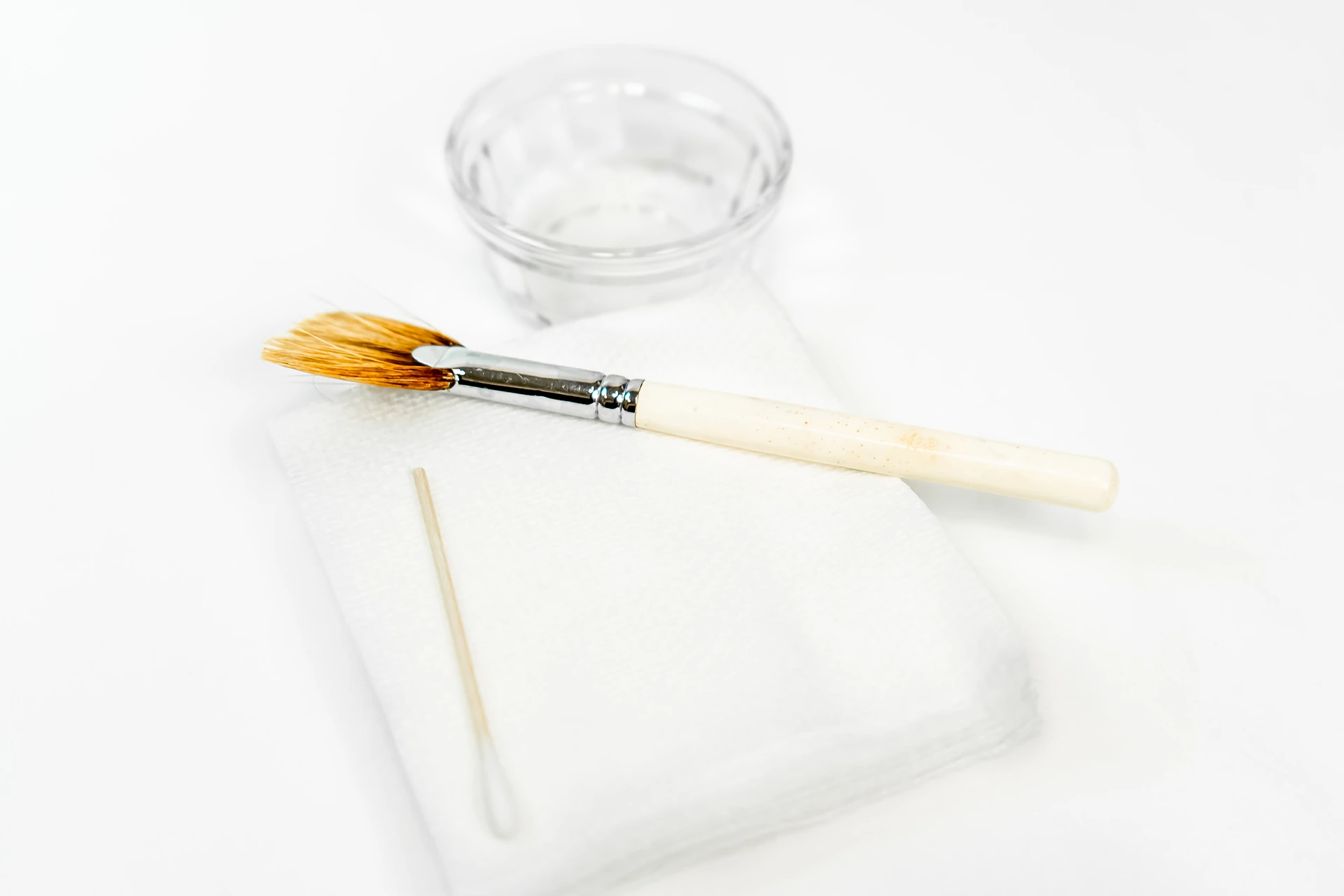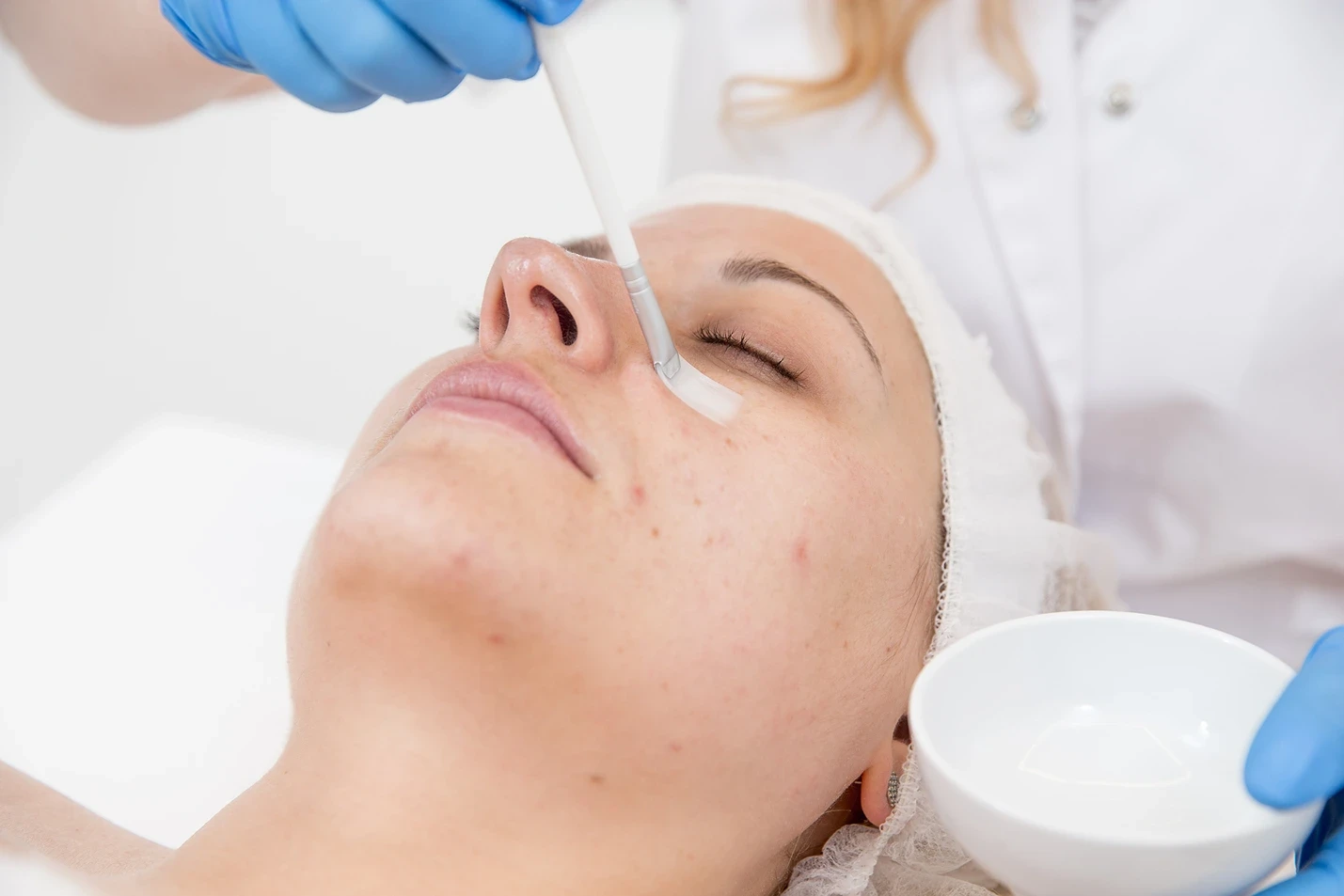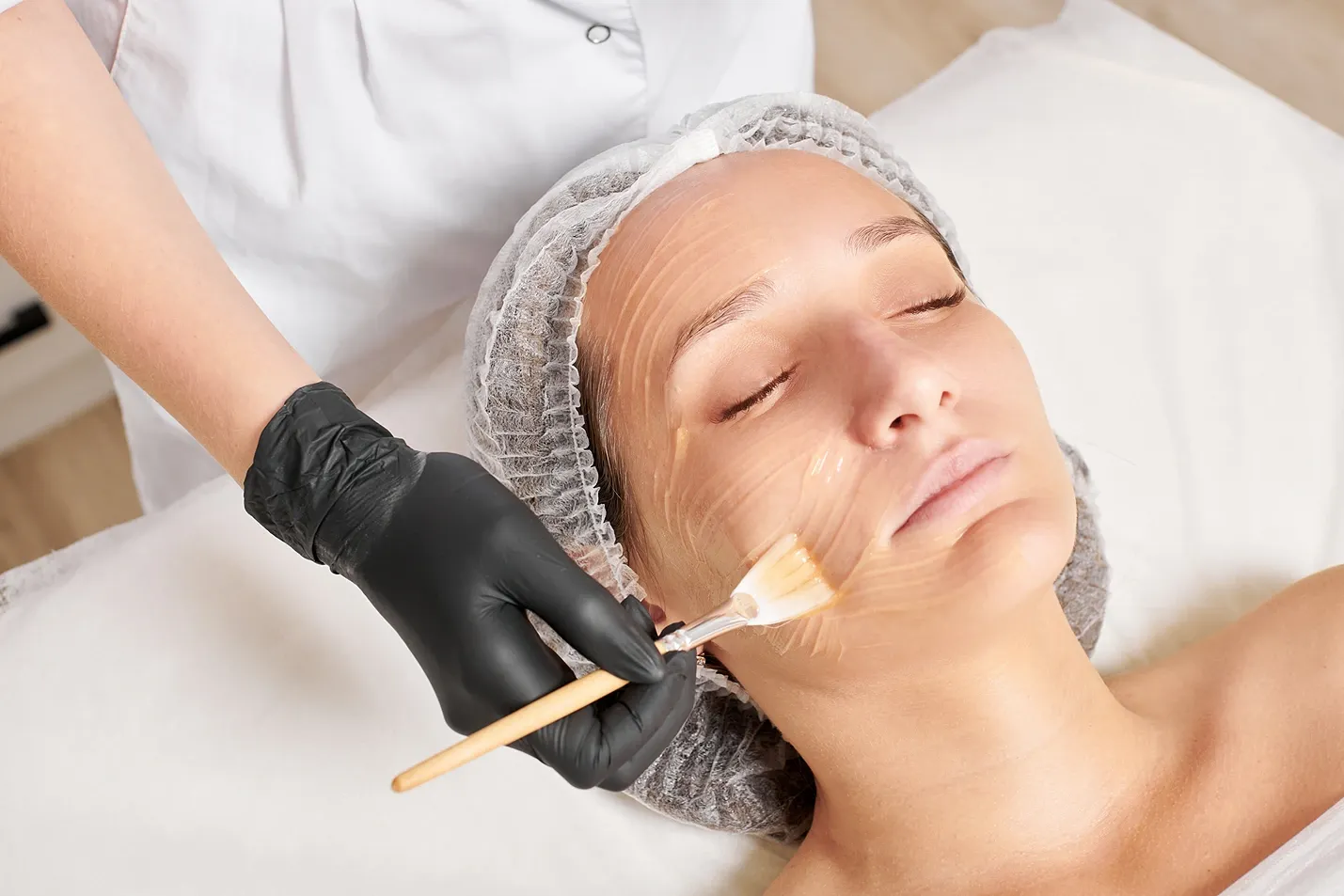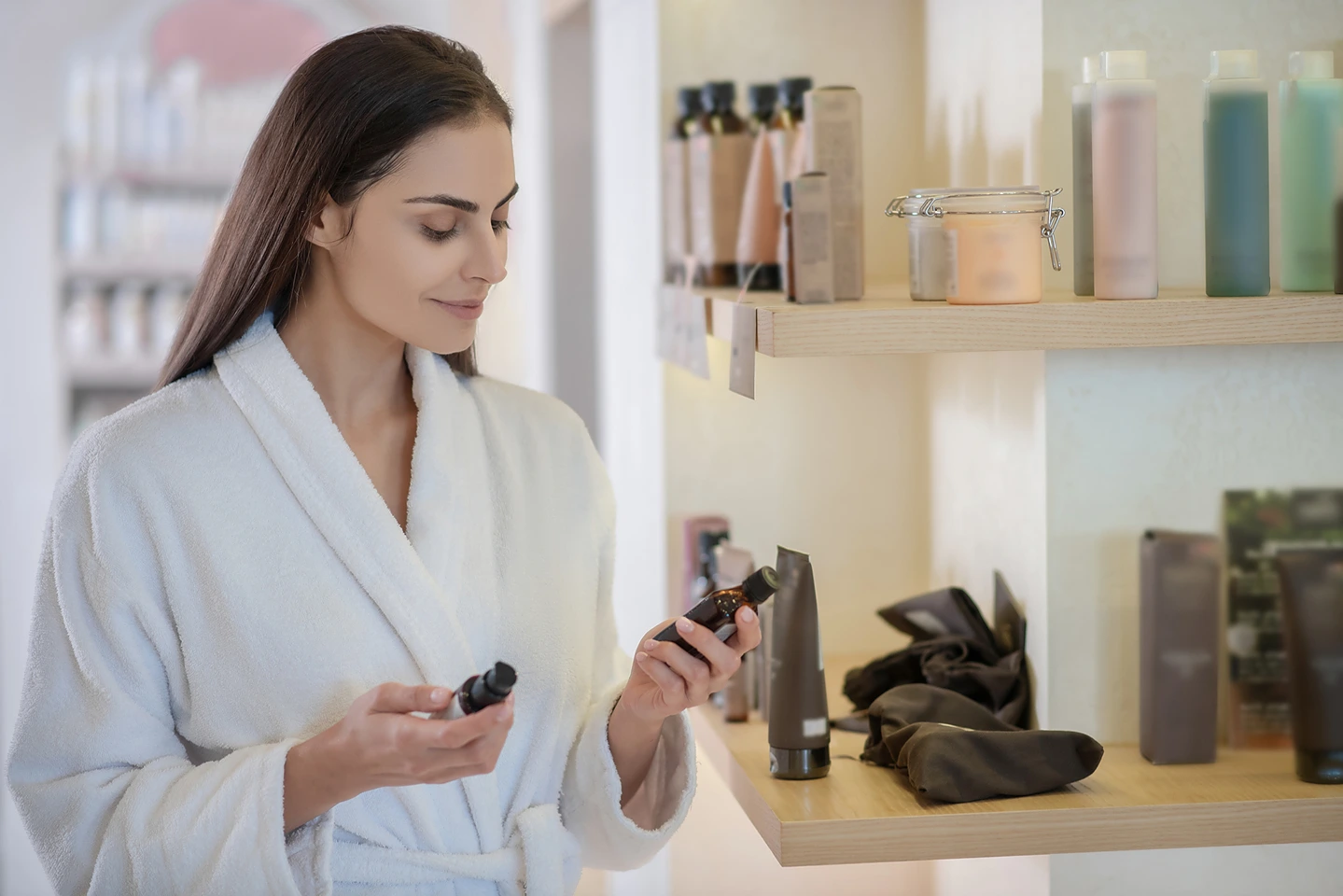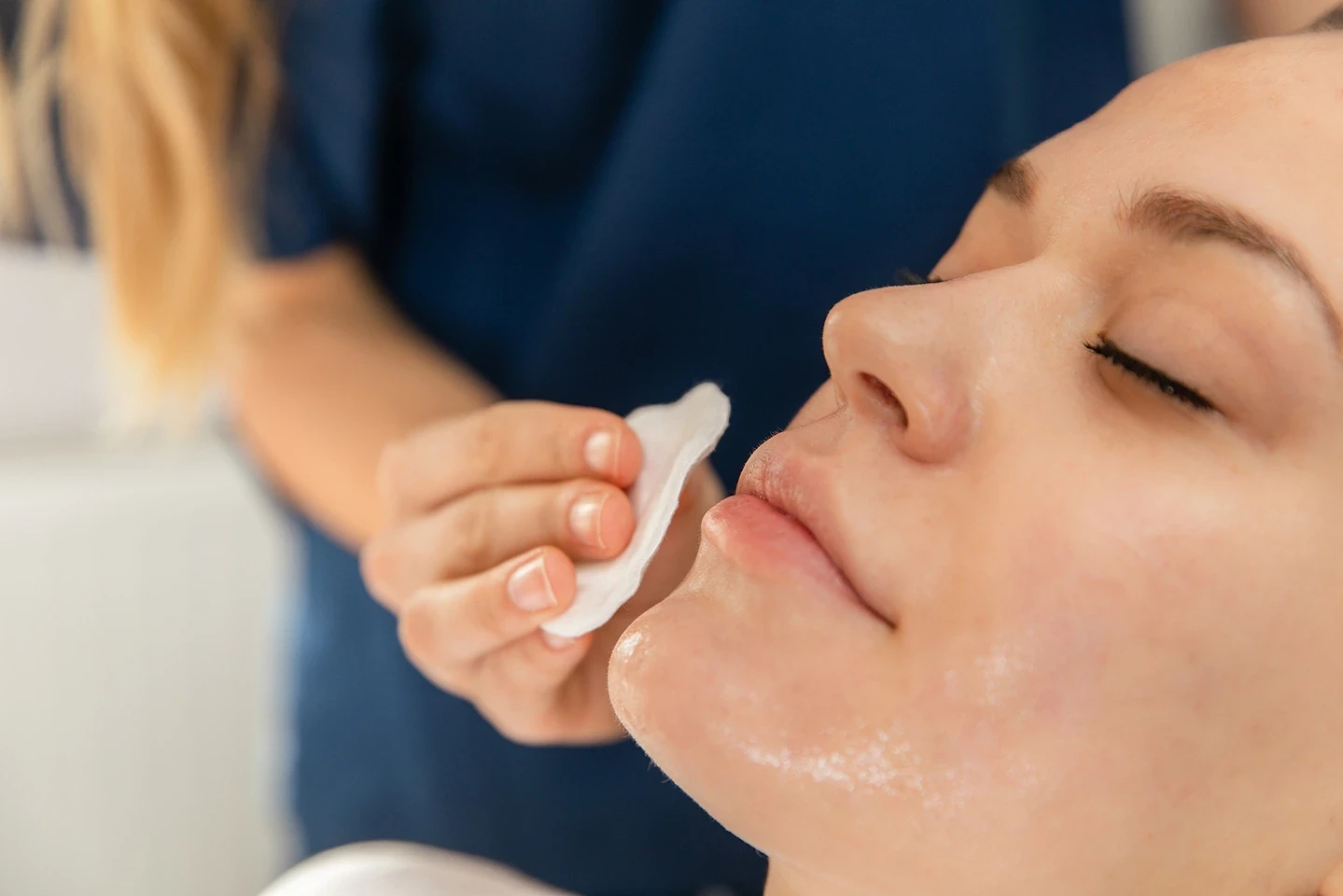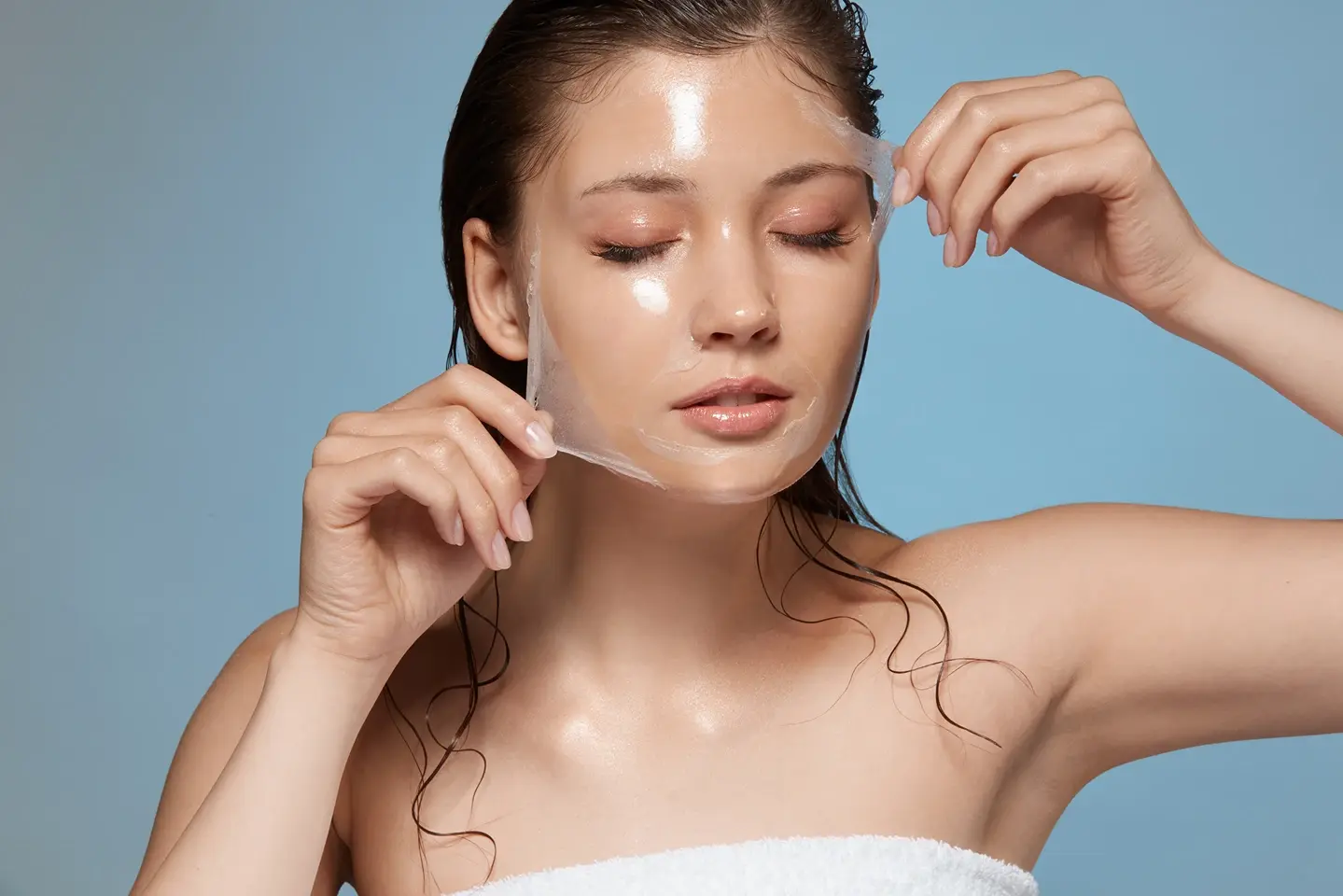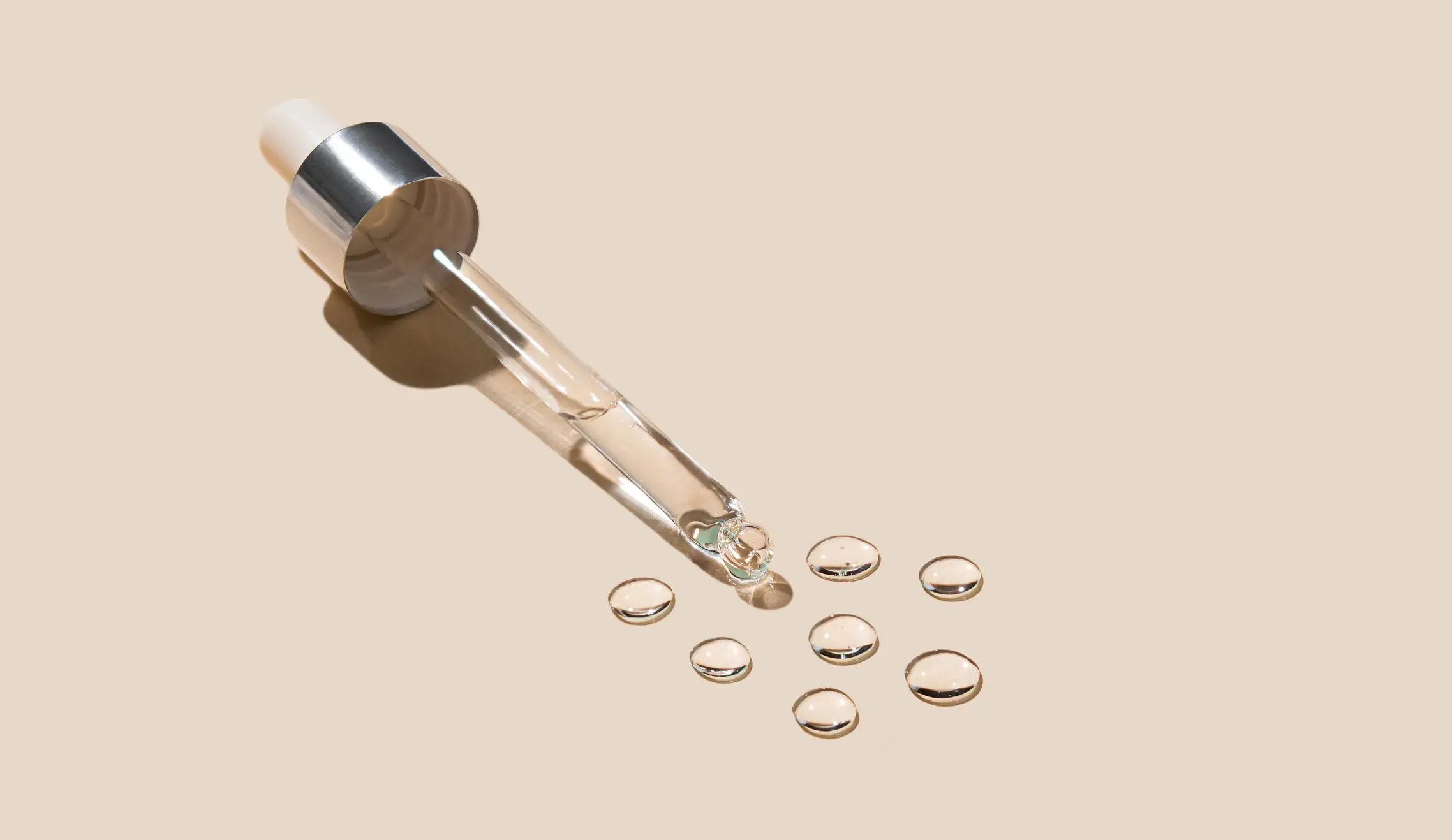Get the Lowdown on Body Peels for Acne, Scars, and More
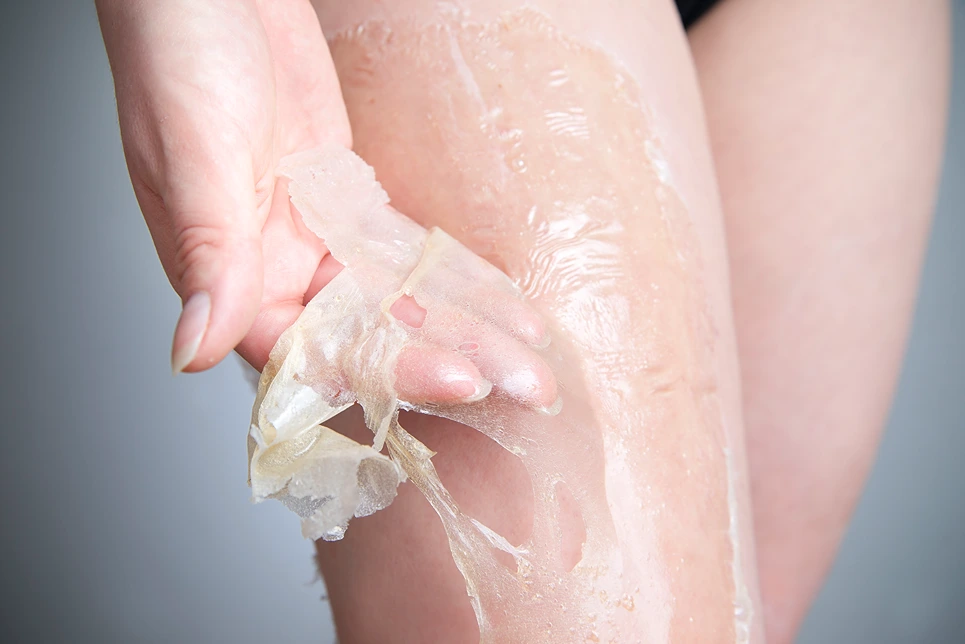
Body chemical peels remove damaged skin to reveal smoother, brighter skin underneath. Remember to talk to skin experts to learn how peels can improve the texture and appearance of your skin.
Chemical peels have long been a popular skin treatment, but did you know they can be used on the body as well as the face? Body chemical peels offer a way to improve the texture, tone, and appearance of skin all over.
Read on to learn all about how body peels work and the benefits they provide.
What is a Body Chemical Peel?
A body chemical peel is a skin treatment that uses a chemical solution to remove the outer damaged layers of skin and reveal newer, healthier skin underneath. It works similarly to a facial peel but can treat skin concerns like acne, scars, hyperpigmentation, and signs of aging on larger surface areas like the chest, arms, hands, back, and legs.
Body peels are commonly performed in a medical spa or dermatology office. They offer a deeper treatment than at-home peels you can buy over the counter. The solution used determines the peel depth and intensity.
Discover how body peels can refresh your skin beyond your face at CosMedic LaserMD.
How Do They Work?
Body chemical peels use an acidic solution to gently dissolve the bonds between dead, damaged skin cells at the outermost layer of the epidermis. This allows the dead cells to slough off, revealing fresher skin underneath.
Deeper peels can penetrate further into the epidermis and trigger collagen and elastin production for firmer, smoother skin. The solution essentially causes controlled damage to the skin so it can heal itself and regenerate new, healthy cells.
The peel depth depends on factors like the type of acid, its pH and concentration, and how long it is left on the skin. Deeper peels prompt more significant wound healing, so there is generally more downtime.
Different Types of Body Chemical Peels
There are a few main types of acid solutions used in body peels:
| Alpha Hydroxy Acids (AHAs) | AHAs like glycolic, lactic, and fruit acids are the mildest peels. They treat surface concerns like rough texture, dryness, and discoloration. Glycolic acid offers the deepest penetration. |
| Beta Hydroxy Acids (BHAs) | BHAs like salicylic acid work well for acne since they can get inside pores and dissolve oil and dead skin cell buildup. Salicylic acid peels treat active breakouts, blackheads, and congested skin on the back and chest. |
| Trichloroacetic Acid (TCA) | TCA peels come in different percentages for light, medium, or deep peeling. Higher concentrations penetrate deeper to improve pigmentation and smooth deeper wrinkles. TCA is used alone or combined with other acids. |
| Jessner’s Peel | This is a deeper peel solution made of salicylic acid, lactic acid, and resorcinol. It works on acne, scars, and sun damage. |
| Combination Peels | Some peels use a combination of acids like TCA with glycolic or salicylic acid. This allows for a customized intensity. |
Which Body Areas Can Be Treated With Chemical Peels?
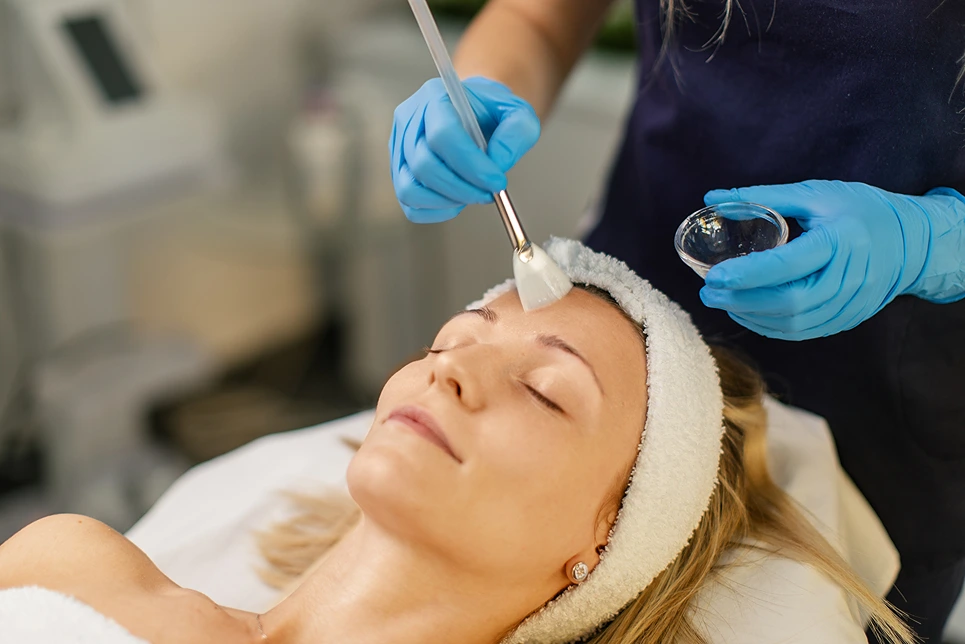
Chemical peels can be performed on many areas of the body, not just the face. Common treatment areas include:
- Neck: Chemical peels can refine skin on the neck and smooth out horizontal bands. Lower concentrations are typically used due to the sensitivity of this area.
- Chest: Peels can effectively treat acne, sun spots, and wrinkles on the chest (décolletage). Milder solutions are preferred since the skin here is very sensitive.
- Back: Chemical peels are beneficial for treating active bacne (back acne) and addressing scarring and tone/texture issues.
- Arms: Body peels can smooth out bumpy skin conditions like keratosis pilaris (often referred to as “chicken skin”) and reduce age spots on the arms.
- Hands: Peels help diminish age spots and improve the appearance of crepey skin on the hands, smoothing out rough textures.
- Legs: Chemical peels can address keratosis pilaris (often called “strawberry legs”), acne, and hyperpigmentation resulting from ingrown hairs.
- Feet: Callus-softening foot peels can reduce thickness and roughness, improving the overall texture of the skin on the feet.
Always inform your dermatologist about any body concerns you want to target with your peel.
Ask our experts at CosMedic LaserMD how chemical peels can improve the skin on all areas of your body!
What are the Benefits of Body Chemical Peels?
Body chemical peels offer numerous benefits for the skin on the body. Some of the key benefits include:
Smoother, More Even Skin Texture
Chemical peels exfoliate away the top layer of dead skin cells, revealing the fresh new skin underneath. This helps even out rough patches, bumps, and uneven texture for noticeably smoother skin.
Reduction in Acne and Breakouts
Peels with beta hydroxy acids (BHAs) like salicylic acid can penetrate deep into clogged pores to dissolve oils, bacteria, and built-up debris that cause acne. Regular peels can help prevent future breakouts.
Lightening of Scars and Dark Spots
By removing the top layers of skin, peels can help lighten the appearance of acne scars, surgical scars, melasma, age spots, and other areas of hyperpigmentation. New skin cells form with reduced pigmentation.
Minimizing Fine Lines and Wrinkles
Chemical exfoliation stimulates collagen production in the deeper layers of the skin, which helps tighten skin and soften fine lines and wrinkles. With repeated treatments, peels can diminish signs of aging.
Skin Brightening
Getting rid of dull surface skin cells allows the skin’s natural radiance to shine through. Peels reveal brighter, more youthful-looking skin.
Preparing Skin for Other Treatments
Peels create a smooth canvas by getting rid of dead skin buildup, allowing other treatments like laser resurfacing, microneedling or filler injections to penetrate better.
Increased Absorption of Skin Care
Removing the top barrier layer of dead skin cells allows moisturizers, serums and other topical products to absorb deeper into the skin for better hydration and efficacy.
Caring for Skin After a Body Chemical Peel

It’s crucial to care for your skin properly after a body peel to avoid complications and maximize improvements. Here are some post-peel skin care tips:
- It’s essential to use gentle, bland products as recommended by a dermatologist. Avoid exfoliating or irritating products during the healing process.
- Keeping treated areas well-hydrated is crucial, especially after deeper peels, which can leave skin vulnerable to dryness.
- Applying sunscreen is vital, as skin becomes highly sensitive to sun exposure after a peel. It’s advisable to avoid direct sun exposure until the skin has fully healed.
- Skin should be allowed to flake off naturally. Picking or scratching at the skin can lead to complications such as scarring or infection.
- It’s recommended to avoid sweating, swimming, or any strenuous activity for several days post-peel to prevent irritation.
- If ointments or dressings are provided, they should be used as directed to aid healing.
- Taking prescribed medications can help alleviate any discomfort, such as pain, oozing, or swelling.
It can take anywhere from 3 to 14 days for skin to fully heal after a body chemical peel, depending on the depth. Always follow your doctor’s specific post-peel instructions.
Ensure optimal body peel results by following our simple post-procedure skin care instructions from CosMedic LaserMD
Factors to Consider When Choosing a Body Peel
There are a few key factors your dermatologist will take into account when selecting the right body peel for your skin:
| 1 | Skin Type | Sensitive skin may require milder peels, while oily or thicker skin can tolerate stronger solutions. Additionally, ethnic skin may be more reactive to deeper peels, necessitating careful selection to avoid adverse effects. |
| 2 | Areas Being Treated | The skin on different body parts has varying tolerances – for example, the face can generally handle more intensive peels compared to the neck, chest, or other areas, prompting dermatologists to adjust the peel type and depth accordingly. |
| 3 | Skin Condition and Concerns | Superficial peels are typically effective for issues like uneven tone and texture, while deeper peels are better suited for treating significant wrinkles, scars, and pigmentation problems – this tailoring ensures that the selected peel addresses the specific skin concerns effectively. |
| 4 | Previous Peel Treatments | A patient’s history with chemical peels is crucial – if someone has had previous peels, their skin may be able to tolerate a stronger formulation, while first-time peel patients often start with lighter options to gauge their skin’s response. |
Discussing individual skin goals with a dermatologist is essential, as this dialogue helps determine the most suitable peel type and depth based on personal skin characteristics and desired outcomes.
What Are the Potential Risks and Side Effects?
While body peels are relatively safe when performed correctly by an experienced dermatologist, some potential side effects include:
- Temporary skin redness, soreness, tightness, and flaking as the skin recovers
- Darkening of pigmentation issues (in rare cases)
- Scarring and infection if the skin is not properly cared for after the peel
- Acne breakouts as impurities rise out of pores
- Cold sore outbreaks
- Extended sun sensitivity for several months
The doctors at Cosmedic LaserMD will take precautions to minimize risks like adjusting the acid type and concentration based on your tolerance. Always follow post-peel instructions carefully to avoid complications.
What Results Can I Expect From a Body Chemical Peel?
The results of your body peel depend on several factors like your skin goals, the areas treated, and the peel depth. Mild peels provide gradual refinement of skin texture and tone while deeper peels create more dramatic improvements in wrinkles, scars, and pigmentation.
On average, you can expect to see results like:
- Smoother, softer skin in 5-7 days
- Fading of discoloration in 2-4 weeks
- Acne and breakout reduction in 4-6 weeks
- Less noticeable fine lines and wrinkles in 6-8 weeks
- Longer-lasting results with multiple treatments spaced 4-6 weeks apart
Consistent sun protection and skincare are key to maintaining your improved skin long-term. Most patients get a series of peels over several months for optimal, cumulative benefits.
Ready to Reveal Your Best Skin?

Body chemical peels can transform rough, uneven skin texture, clearing acne, fading scars, and revealing a radiant, youthful complexion on the chest, back, arms, and legs. By removing damaged outer layers, peels allow fresh, smoother skin to shine through.
Just be sure to have your treatment performed by an experienced, board-certified dermatologist. This ensures proper peel application and post-procedure care for safe, effective results. Pay close attention to your doctor’s recommendations for peel prep, recovery, and sun protection too.
With the right body chemical peel treatment plan tailored to your unique skin, you can finally achieve the clear, vibrant skin you’ve been dreaming of. Talk to the dermatologists at CosMedic LaserMD today about options!

